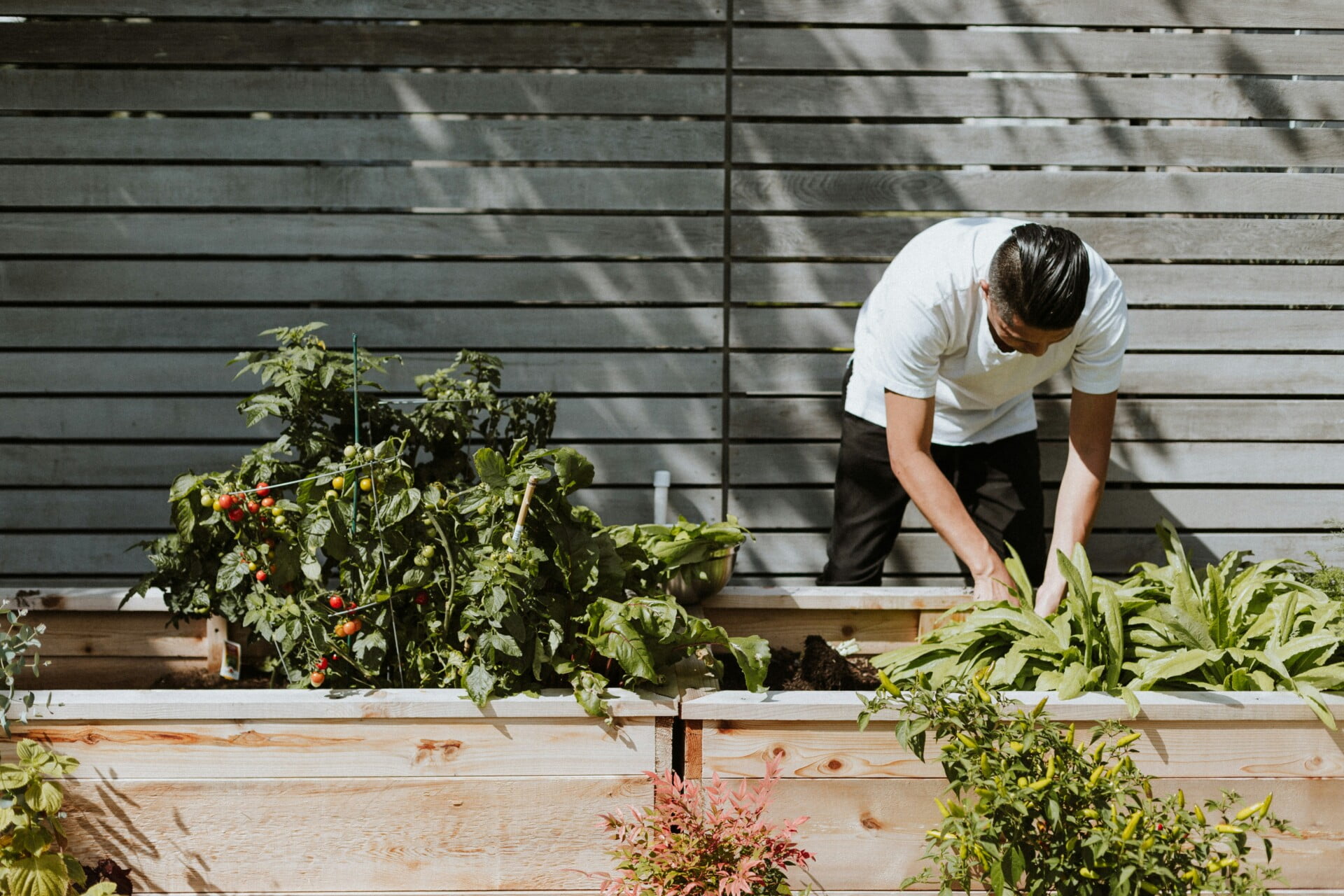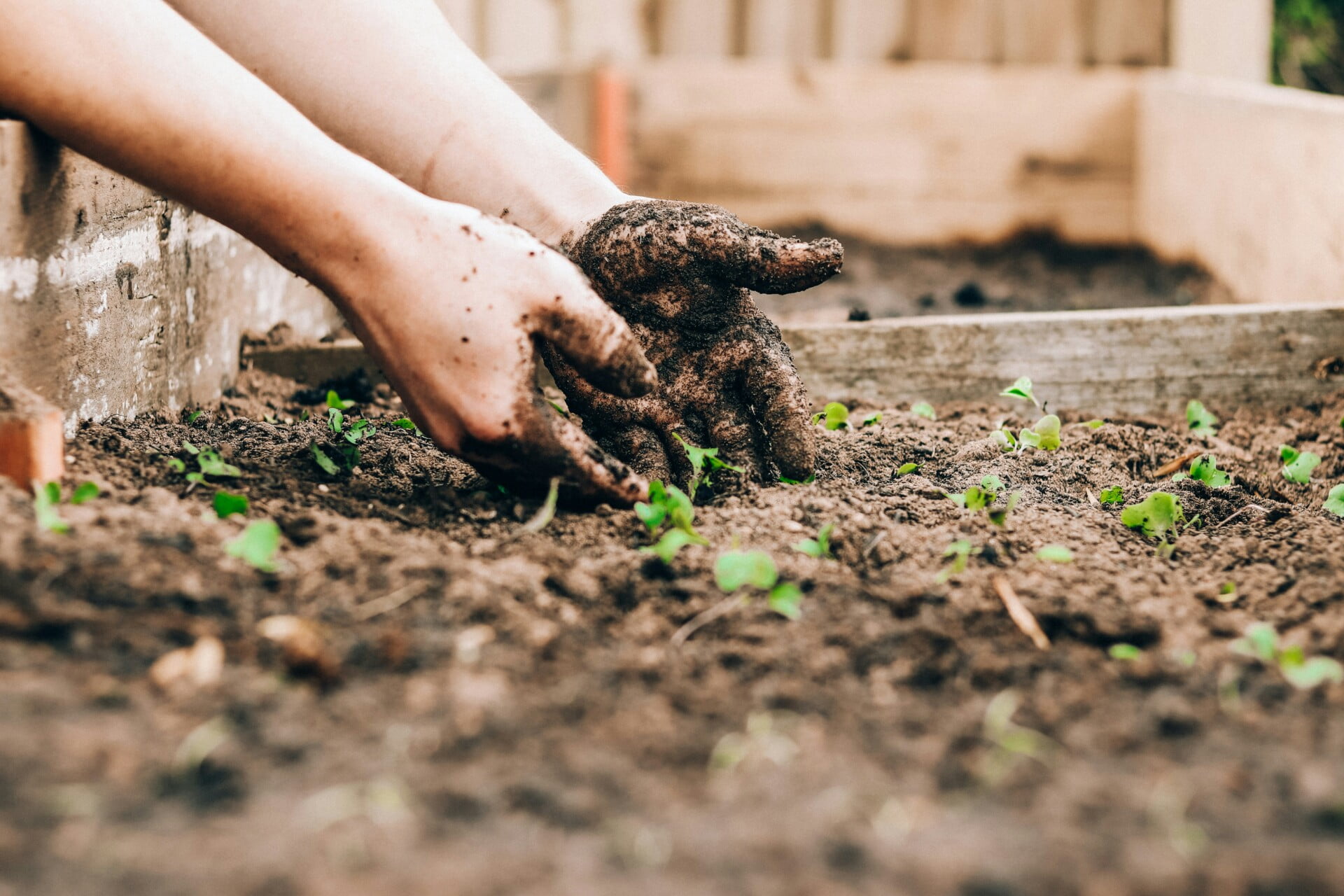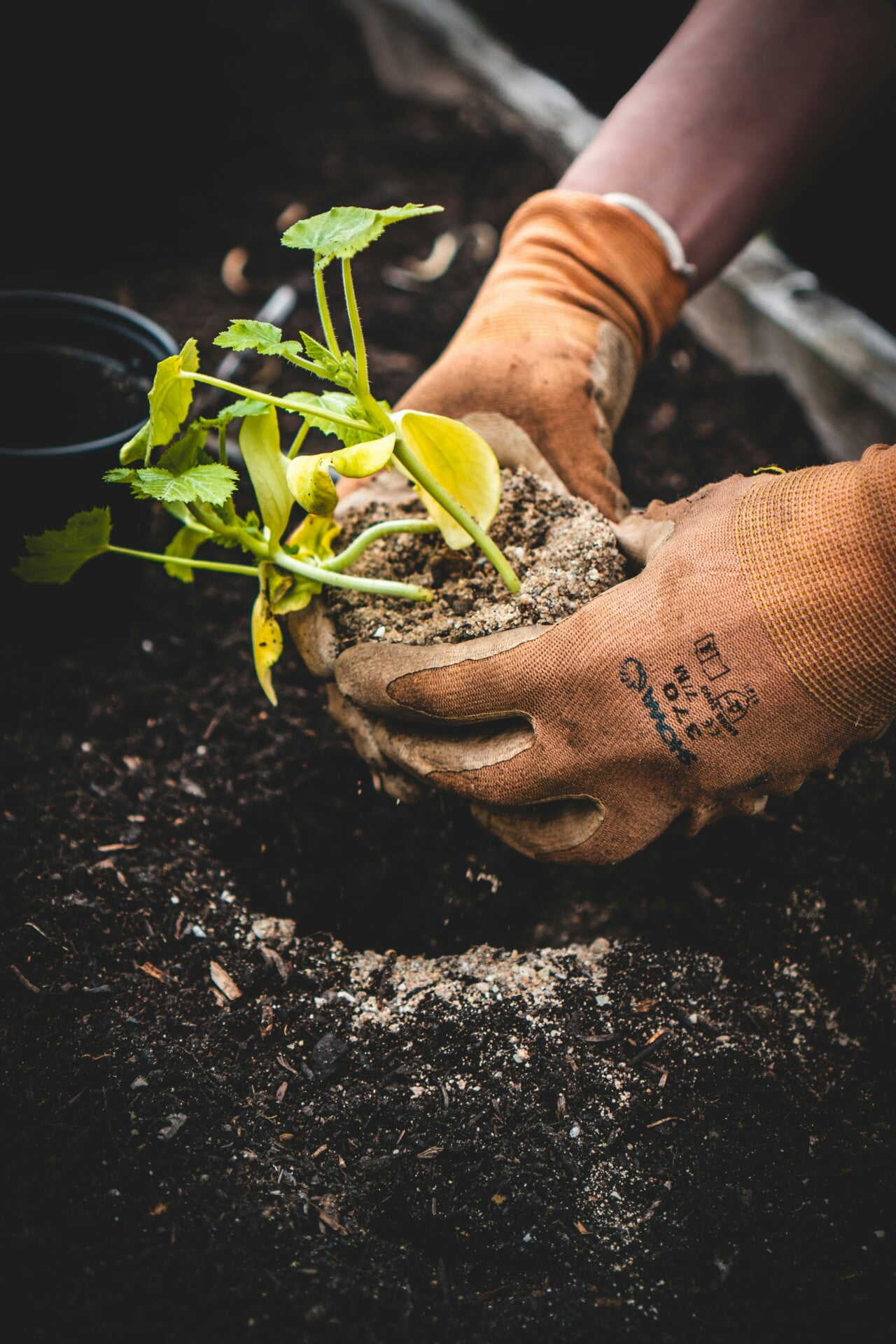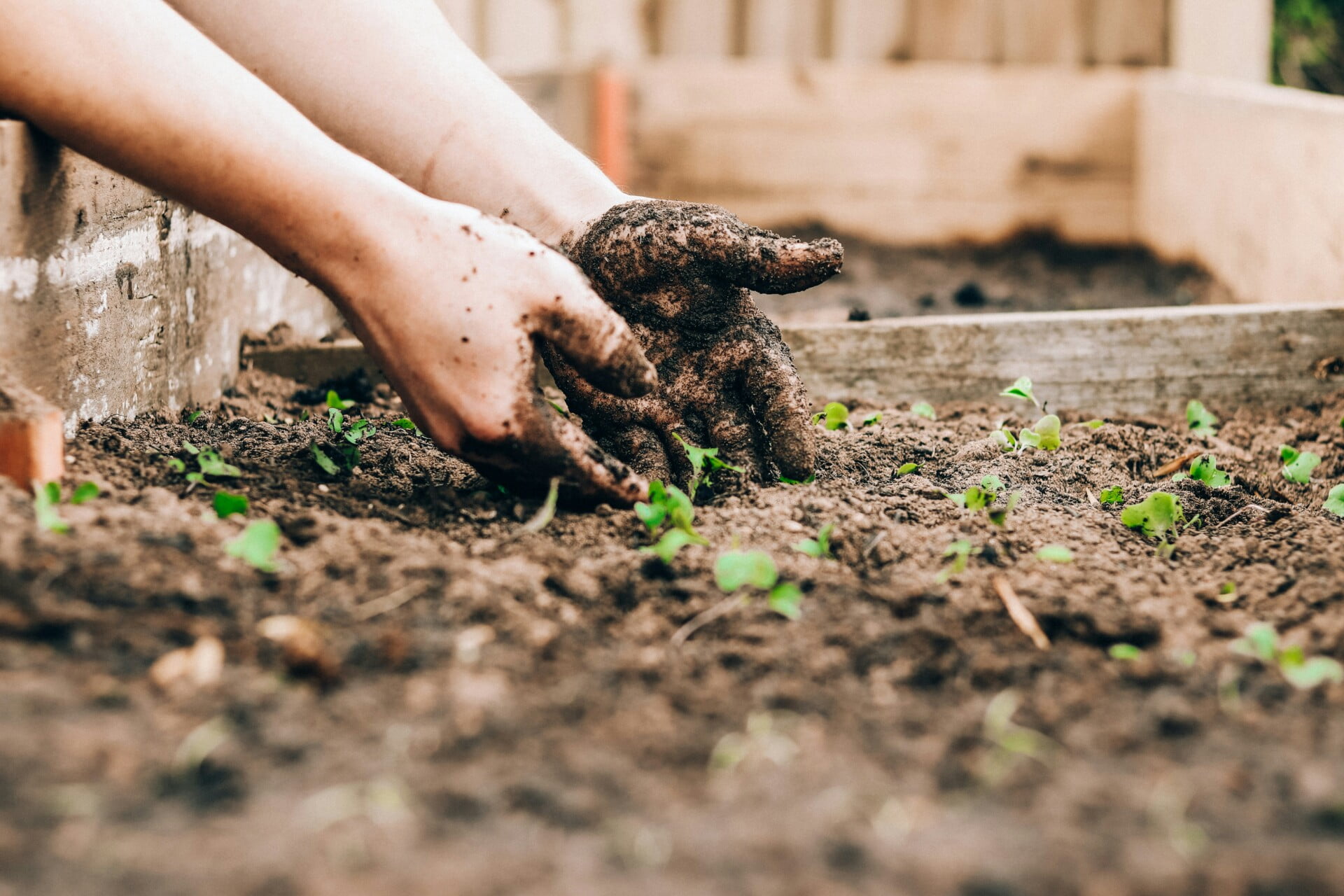Imagine looking out from your urban apartment onto a barren rooftop, longing for a splash of greenery. Well, fret no more! In “The Best Plants for Rooftop Gardens: A Beginner’s Guide,” we’ll take you on a journey to discover the perfect plants that will transform your dull rooftop into a vibrant oasis. Whether you’re a gardening novice or an experienced green thumb, this guide provides all the essential tips and recommendations to get you started on creating your dream rooftop garden. So, grab your gardening gloves and let’s bring life to those rooftops!
Choosing the Right Plants
When it comes to creating your own rooftop garden, choosing the right plants is essential to ensure the success of your green oasis. Considering the unique climate, sunlight levels, and wind exposure of your rooftop space will help you make informed decisions and select plants that will thrive in this environment.
Consider the Climate
The climate plays a crucial role in determining the type of plants that will thrive on your rooftop garden. Factors such as temperature fluctuations, rainfall, and humidity levels should be taken into account. If your area experiences harsh winters with freezing temperatures, it is important to choose plants that can withstand and thrive in these conditions. On the other hand, if you live in a region with scorching summers, opt for heat-resistant plants that can handle the intense sunlight and heat.
Assess Sunlight Levels
Before selecting plants for your rooftop garden, it is important to assess the sunlight levels of your space. Some rooftops may be fully exposed to sunlight throughout the day, while others may be partially shaded. Understanding the sun patterns and intensity in your area will help you select plants that require the right amount of sunlight. Shade-loving plants will thrive in areas with limited sunlight, while sun-loving plants will flourish in spaces that receive ample direct sunlight.
Evaluate Wind Exposure
Given the elevated location of rooftop gardens, wind exposure is an important factor to consider when choosing plants. Strong winds can damage delicate plants and dry out the soil quickly, so it is crucial to select plants that can withstand these conditions. Look for sturdy plants that have strong stems and can tolerate the occasional gusts of wind without getting damaged. Additionally, consider using windbreaks or other barriers to protect your plants from excessive wind exposure.
Container Gardening Options for Rooftop Gardens
Container gardening is an ideal option for rooftop gardens as it allows you to create a beautiful garden even in limited spaces. Here are some container gardening options that are well-suited for rooftop gardens:
Lightweight Containers
When it comes to rooftop gardens, weight is a significant consideration. Opting for lightweight containers will help minimize the structural load on your rooftop while still providing ample space for your plants to grow. Materials such as fiberglass, plastic, or foam planters are lightweight options that are easy to move and rearrange as needed.
Self-Watering Containers
Rooftop gardens often face challenges with water supply, as excess water can drain quickly due to the lack of soil depth. In this case, self-watering containers can be a lifesaver. These containers are designed with a reservoir that holds water and allows the plants to draw from it as needed. This ensures a consistent water supply for your plants and reduces the need for frequent watering.
Vertical Gardening Structures
If space is a limitation in your rooftop garden, vertical gardening structures can be a fantastic solution. These structures allow you to grow plants vertically, making efficient use of the available space. Options such as trellises, wall-mounted planters, or hanging baskets enable you to create a thriving garden without sacrificing valuable square footage.

Edible Plants for Rooftop Gardens
One of the significant advantages of rooftop gardens is the opportunity to grow your own fresh and delicious produce. Here are some popular edible plants that are well-suited for rooftop gardens:
Salad Greens
Salad greens are a fantastic choice for rooftop gardens due to their versatility and ability to grow in shallow containers. Lettuces, spinach, arugula, and kale are just a few examples of salad greens that can be easily cultivated on your rooftop. With regular harvesting, you can enjoy a continuous supply of fresh salad greens throughout the growing season.
Herbs
Herbs are another excellent addition to your rooftop garden. They not only enhance the beauty and fragrance of your garden but also provide a readily available source of flavor for your culinary adventures. Basil, mint, rosemary, and thyme are popular choices that can be grown in containers or vertical structures, making them great options for rooftop gardens.
Tomatoes and Peppers
Rooftop gardens offer a warm and sunny environment that is perfect for growing tomatoes and peppers. These vibrant and flavorful vegetables thrive in containers and can be easily managed in a rooftop setting. Choose compact varieties that are well-suited for container gardening, and with a little care, you’ll be rewarded with a bountiful harvest.
Flowering Plants for Rooftop Gardens
Adding flowering plants to your rooftop garden adds a touch of beauty and color to your outdoor space. Here are some flowering plants that are well-suited for rooftop gardens:
Succulents
Succulents are extremely popular for rooftop gardens as they are low-maintenance and come in a variety of stunning shapes and colors. These water-wise plants can endure the dry conditions often found on rooftops, making them an excellent choice for your garden. From sedums to echeverias, succulents offer a wide range of options to suit your taste and style.
Roses
Roses are timeless beauties that can bring elegance and romance to your rooftop garden. With proper care and maintenance, roses can thrive in containers and add a burst of color and fragrance to your outdoor space. Choose dwarf or shrub varieties that are well-suited for rooftop gardens and enjoy the beauty they bring.
Lavender
Lavender is not only gorgeous but also attracts beneficial pollinators such as bees and butterflies. Its fragrant blooms and soothing aroma make it a perfect addition to any rooftop garden. With its ability to tolerate dry conditions, lavender is well-suited for rooftop gardens and can thrive with minimal care.

Plants that Attract Pollinators
Pollinators play a crucial role in the health and productivity of your garden. Adding plants that attract bees, butterflies, and hummingbirds to your rooftop space not only enhances the biodiversity but also ensures proper pollination. Here are some plants that are known for attracting pollinators:
Bee-Friendly Plants
Bees are essential pollinators and play a significant role in the reproduction of plants. To attract bees to your rooftop garden, consider planting bee-friendly plants such as lavender, sunflowers, borage, and salvia. These plants produce nectar and pollen that bees are drawn to, creating a thriving ecosystem on your rooftop.
Butterfly Host Plants
Butterflies are not only beautiful but also crucial for pollination. By incorporating butterfly host plants in your rooftop garden, you can attract these delicate creatures and support their life cycle. Milkweed, dill, fennel, and parsley are some examples of plants that serve as host plants for butterflies and provide them with a habitat for reproduction and survival.
Hummingbird Favorites
Hummingbirds are fascinating creatures known for their vibrant beauty and impressive flight skills. To attract these tiny birds to your rooftop garden, consider planting hummingbird favorites such as trumpet vines, salvia, bee balm, and columbine. These nectar-rich plants will not only brighten up your garden but also provide a food source for these delightful visitors.
Low-Maintenance Plants for Rooftop Gardens
If you’re looking for low-maintenance plants that can thrive in your rooftop garden with minimal care, here are some excellent options:
Sedums
Sedums are hardy, drought-tolerant plants that require very little attention. With their fleshy leaves and intricate textures, they add a touch of visual interest to your rooftop garden. Sedums come in various colors, from vibrant greens to eye-catching purples, making them an excellent choice for low-maintenance, yet beautiful, rooftop gardens.
Ornamental Grasses
Ornamental grasses are known for their stunning appearance and ability to withstand harsh conditions. These low-maintenance plants come in a variety of sizes and colors and can add a graceful and textural element to your rooftop garden. They require minimal watering and maintenance, making them perfect for those who want a fuss-free garden.
Yuccas
Yuccas are hardy, drought-tolerant plants that can handle the challenging conditions often found in rooftop gardens. These architectural beauties feature sword-shaped leaves and impressive blooms, adding a touch of drama to your outdoor space. With minimal water requirements and low maintenance needs, yuccas are an excellent choice for rooftop gardens.

Plants for Shade
If your rooftop garden receives limited sunlight and is mostly shaded, here are some plants that will thrive in these conditions:
Ferns
Ferns are fantastic choices for shade-loving rooftop gardens. With their lush foliage and graceful fronds, ferns add a touch of elegance and beauty to any shady corner. They prefer cool and moist conditions and thrive in the shade, making them excellent candidates for rooftop gardens with limited sunlight.
Hostas
Hostas are another popular choice for shady rooftop gardens. These leafy perennials come in a variety of sizes, colors, and textures, adding visual interest to your garden. Hostas prefer shady conditions and require minimal maintenance, making them perfect for creating a lush and vibrant rooftop oasis.
Heucheras
Heucheras, also known as coral bells, are shade-loving perennials that bring a splash of color to your rooftop garden. With their vibrant foliage in shades of green, purple, and red, heucheras add visual interest and texture to your garden. They are low-maintenance and can tolerate a range of light conditions, making them a versatile choice for rooftop gardens.
Plants for Bright Sunlight
If your rooftop garden basks in bright sunlight for most of the day, here are some plants that can thrive in these intense conditions:
Agaves
Agaves are stunning succulents that are well-suited for rooftop gardens with abundant sunlight. With their fleshy leaves and striking architectural forms, agaves make a bold statement in any garden. They are drought-tolerant, thrive in full sun, and require minimal maintenance, making them an excellent choice for rooftop gardens.
Echeverias
Echeverias are popular succulents known for their rosette-shaped leaves and vibrant colors. These sun-loving plants can withstand the intense heat and sunlight often found on rooftops. With their eye-catching appearance and low maintenance needs, echeverias are a fantastic addition to any sunny rooftop garden.
Aeoniums
Aeoniums are unique succulents that add a touch of drama to your rooftop garden. Their stunning rosettes and contrasting colors make them stand out in any sunny spot. Aeoniums thrive in bright sunlight and require minimal water, making them perfect for rooftop gardens that receive ample sunshine.
Drought-Tolerant Plants for Rooftop Gardens
Rooftop gardens often face challenges with water supply and retention. To combat this issue, incorporating drought-tolerant plants in your garden is crucial. Here are some options that can thrive with minimal water:
Succulents
Succulents are no strangers to drought and are well-known for their ability to store water in their fleshy leaves. These water-wise plants can endure the dry conditions often found on rooftops. From sedums to agaves, succulents offer a wide range of options that can add beauty and texture to your rooftop garden with minimal water requirements.
Cacti
Cacti are ultimate survivors in arid conditions and can thrive in rooftop gardens with minimal water. With their unique shapes and impressive spines, cacti bring a touch of the southwestern desert to your rooftop oasis. These low-maintenance plants require occasional watering, making them perfect for those seeking drought-tolerant options.
Russian Sage
Russian Sage is a stunning perennial known for its delicate lavender-blue blooms and aromatic foliage. It is not only drought-tolerant but also attracts pollinators such as bees and butterflies. Russian Sage thrives in full sun and well-drained soil, making it an excellent choice for rooftop gardens with limited water availability.
Plants for Vertical Gardening
Vertical gardening is an excellent technique to maximize space in your rooftop garden. Here are some plants that are well-suited for vertical gardening:
Vines
Vines are perfect for creating a vertical garden on your rooftop. Whether you opt for flowering vines like clematis or foliage-rich vines like ivy, they can add greenery and texture to your vertical structures. With the support of trellises or vertical planters, vines can thrive and create a lush and vibrant display in your rooftop garden.
Climbing Roses
Climbing roses are classic beauties that can add romance and fragrance to your vertical garden. With their elegant blooms and ability to climb structures, they can create a stunning focal point on your rooftop. Climbing roses require regular pruning and support, but the effort is well worth it when you witness their breathtaking display of flowers.
Clematis
Clematis is a versatile plant that can bring color and beauty to any vertical garden. With their wide range of flower colors and shapes, clematis can create a stunning visual impact on your rooftop. They prefer well-drained soil and support for their climbing stems, making them an excellent choice for vertical gardening.
In conclusion, creating a successful rooftop garden starts with choosing the right plants that can thrive in this unique environment. Consider the climate, assess sunlight levels, and evaluate wind exposure to make informed decisions. Whether you’re aiming for edible plants, flowering varieties, pollinator-attracting options, low-maintenance choices, shade-tolerant or sun-loving plants, or even drought-tolerant options, there are plenty of plants to suit your rooftop garden needs. With careful consideration and proper care, your rooftop garden will become a thriving oasis that brings beauty, tranquility, and a connection with nature right to your doorstep. Happy gardening!

